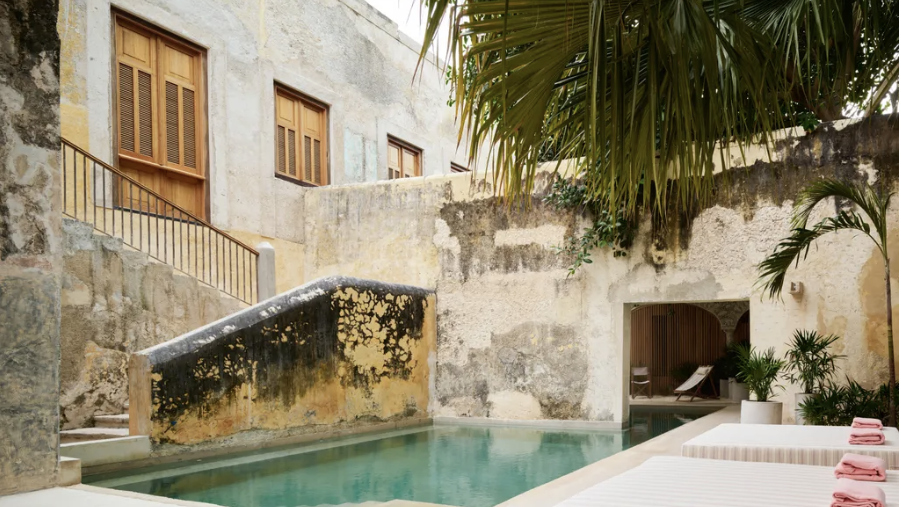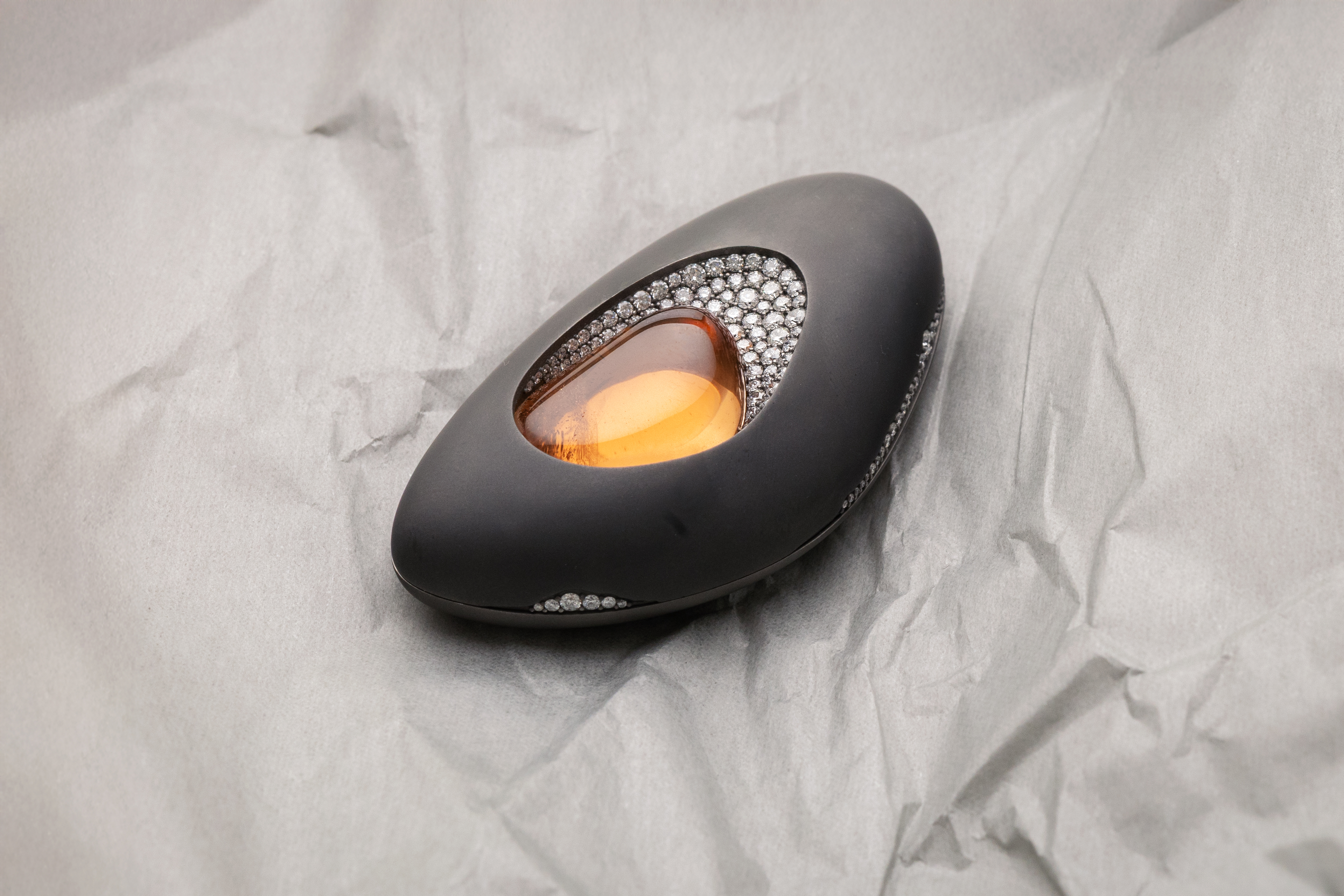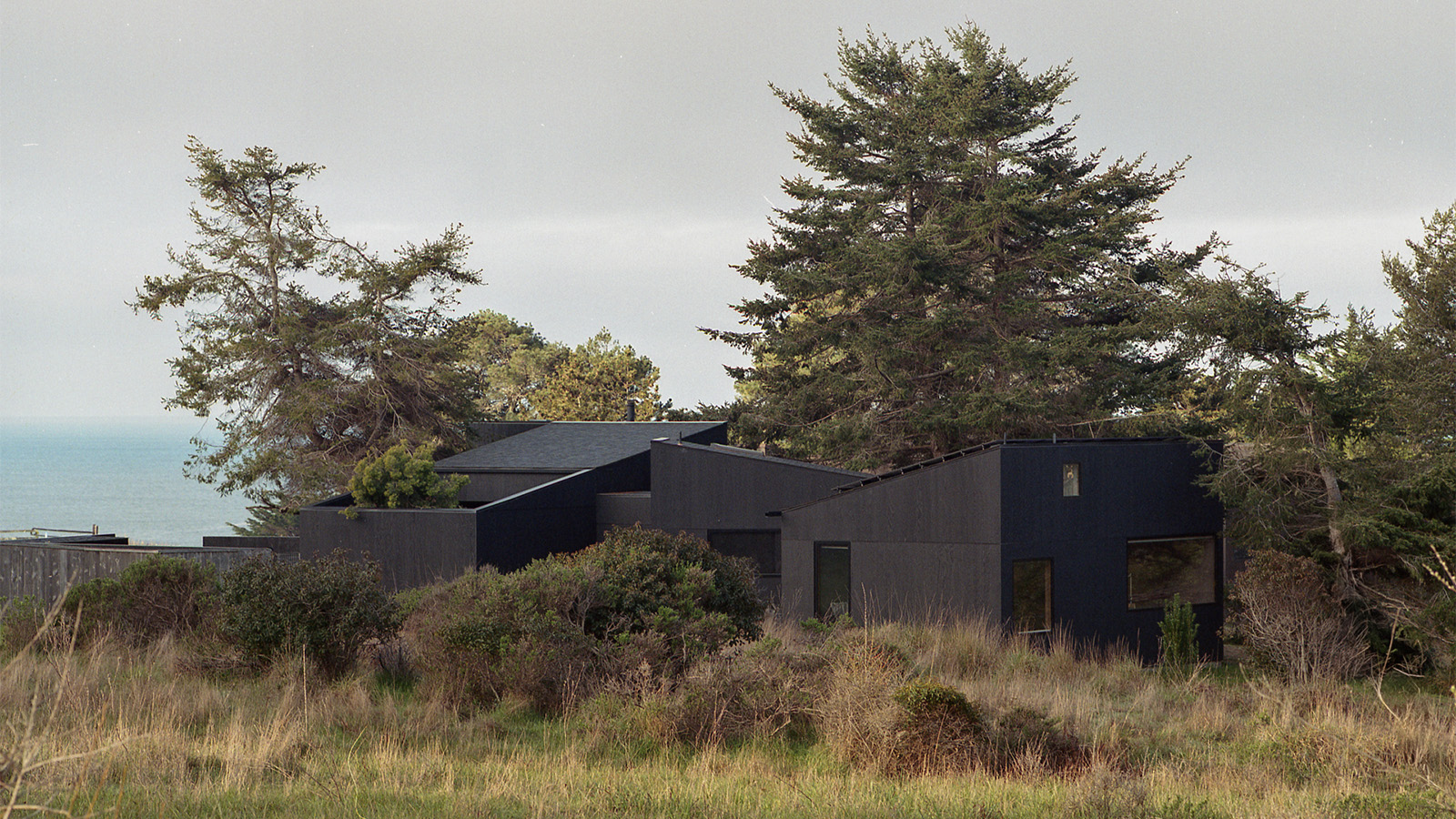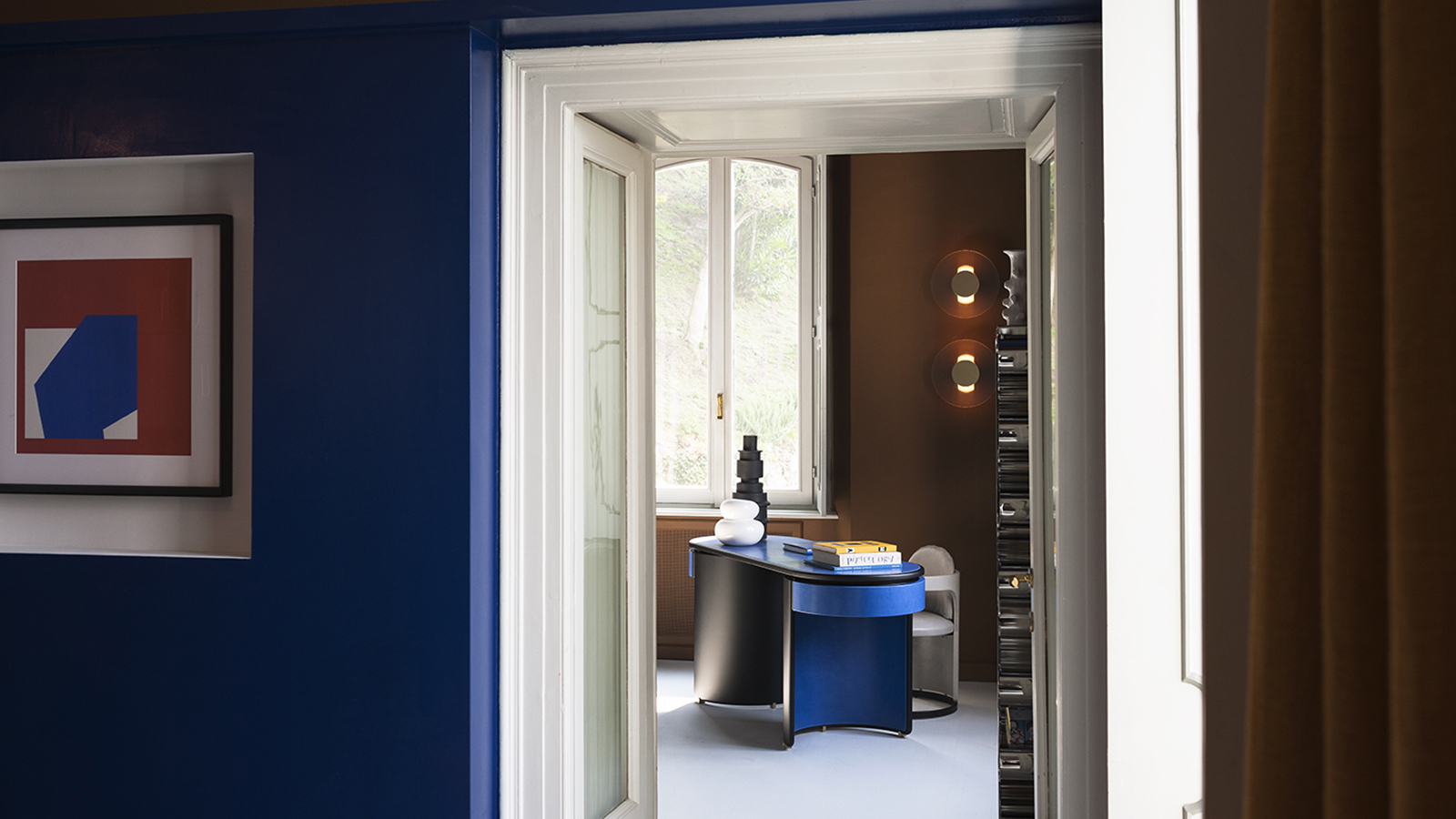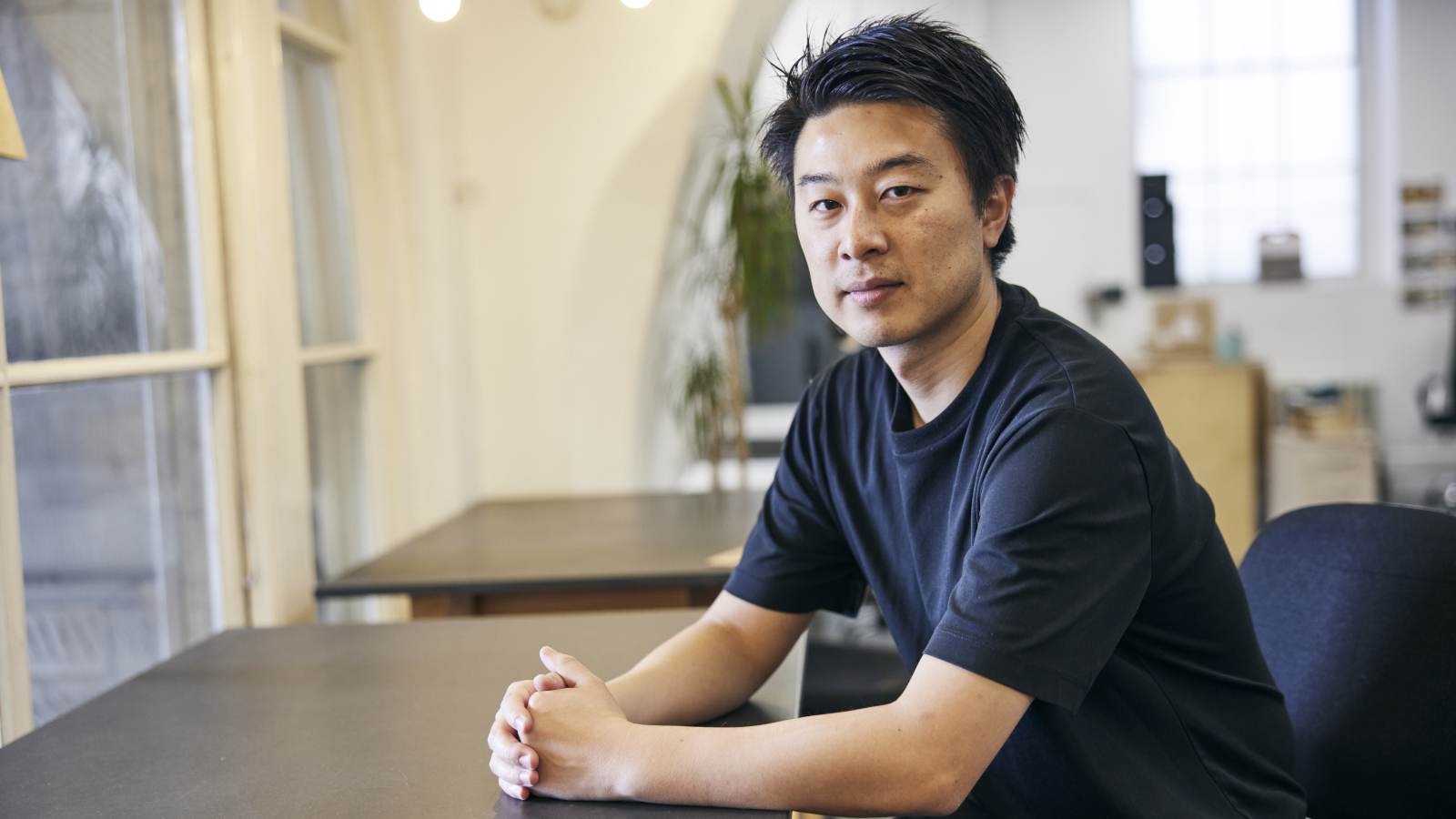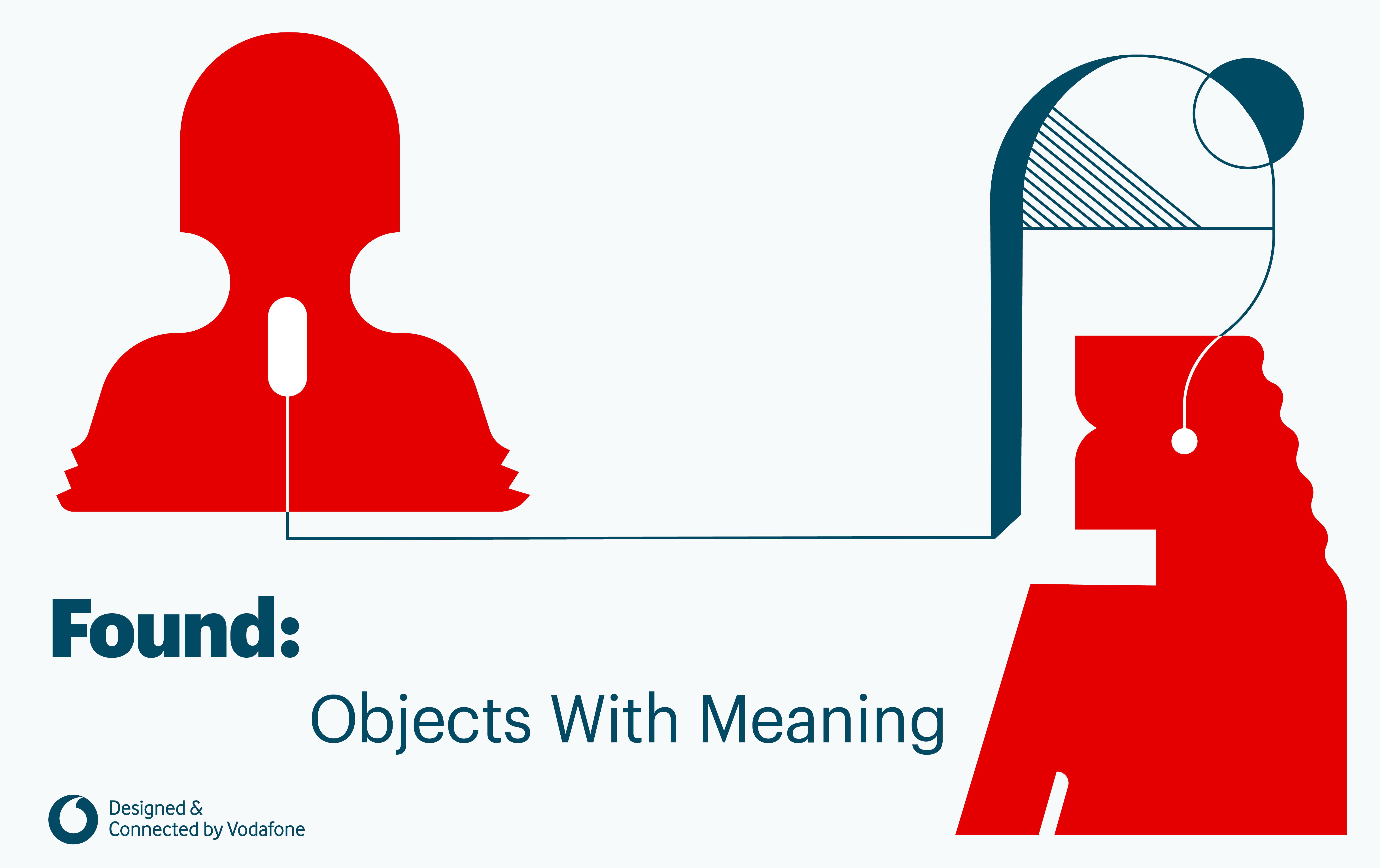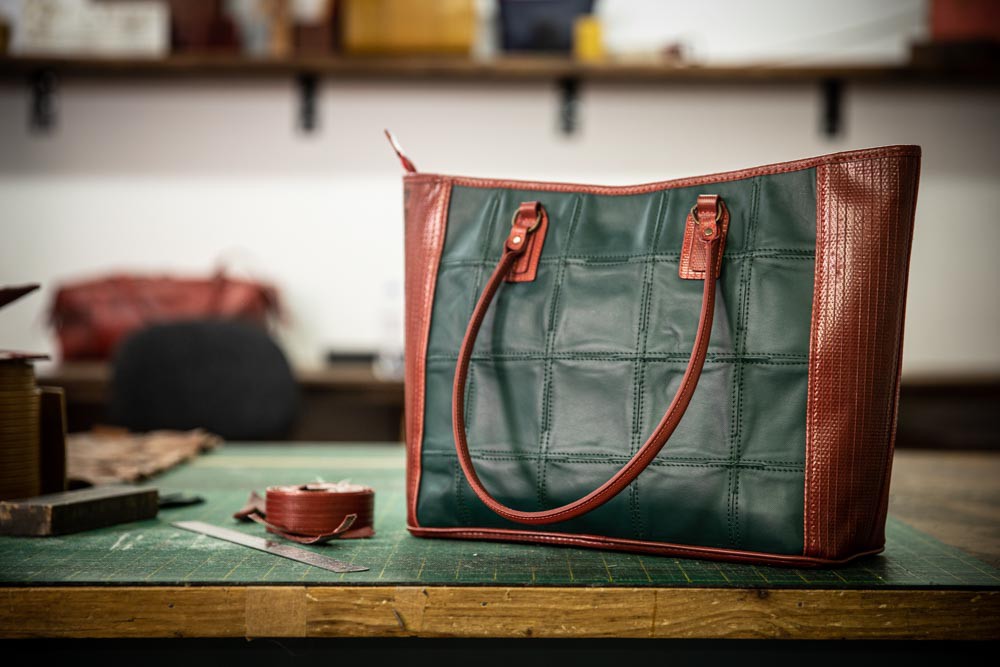BESPOKE | MAY 2021
No Fear to Tread
The new Palm Angels Palm One sneaker is a distillation of a minimalist, rebel mentality.
For its No Fear to Tread project Wallpaper* reached out across the world to fearless, maverick creatives who wear the shoes... and walk their own path.
BESPOKE | MAY 2021
No Fear to Tread
The new Palm Angels Palm One sneaker is a distillation of a minimalist, rebel mentality.
For its No Fear to Tread project Wallpaper* reached out across the world to fearless, maverick creatives who wear the shoes... and walk their own path.
Episode 1
Laureline Galliot
French designer Laureline Galliot uses digital devices to create painterly sculptures, objects and textiles, which reflect her exploration in merging colour with structure
Episode 1
Laureline Galliot
French designer Laureline Galliot uses digital devices to create painterly sculptures, objects and textiles, which reflect her exploration in merging colour with structure
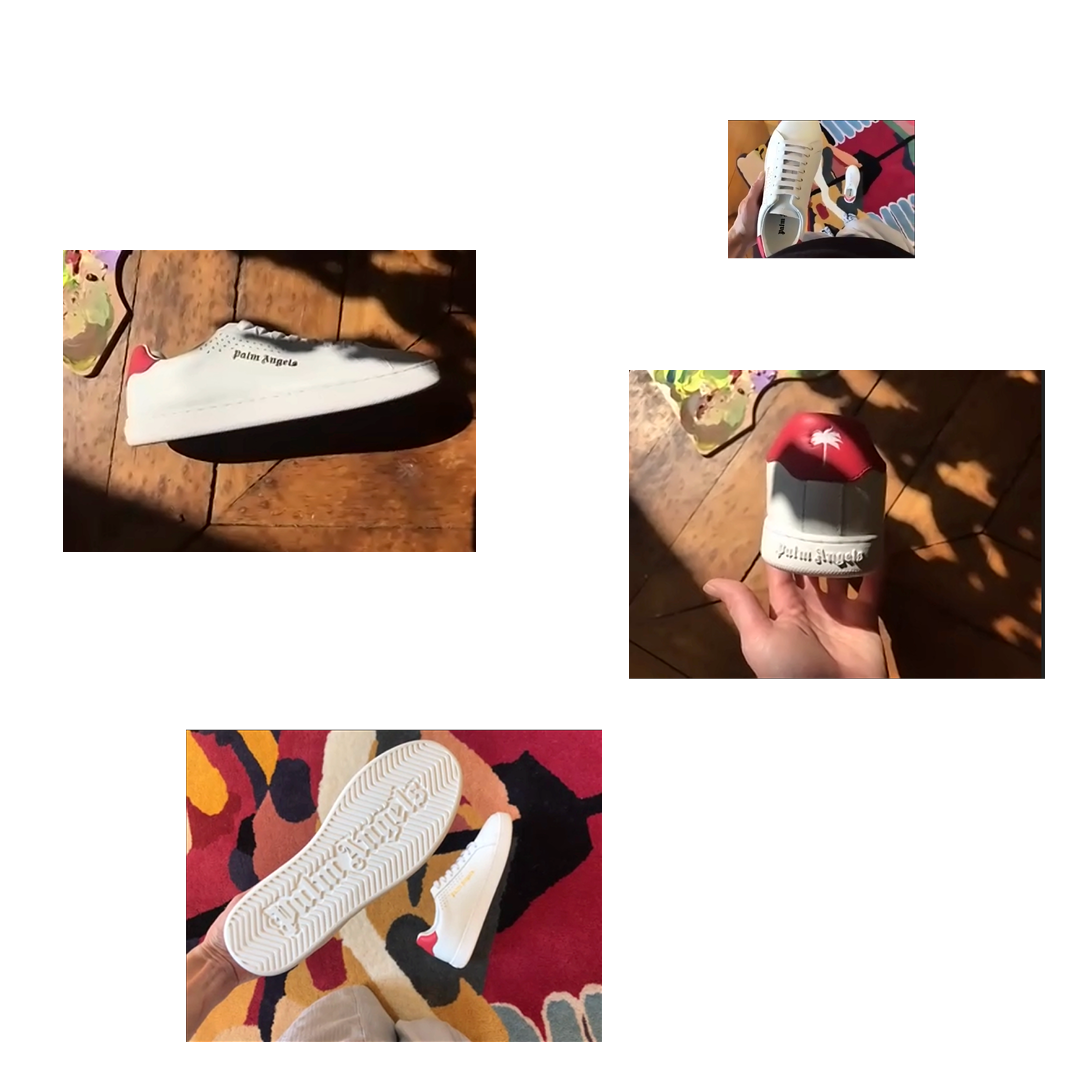
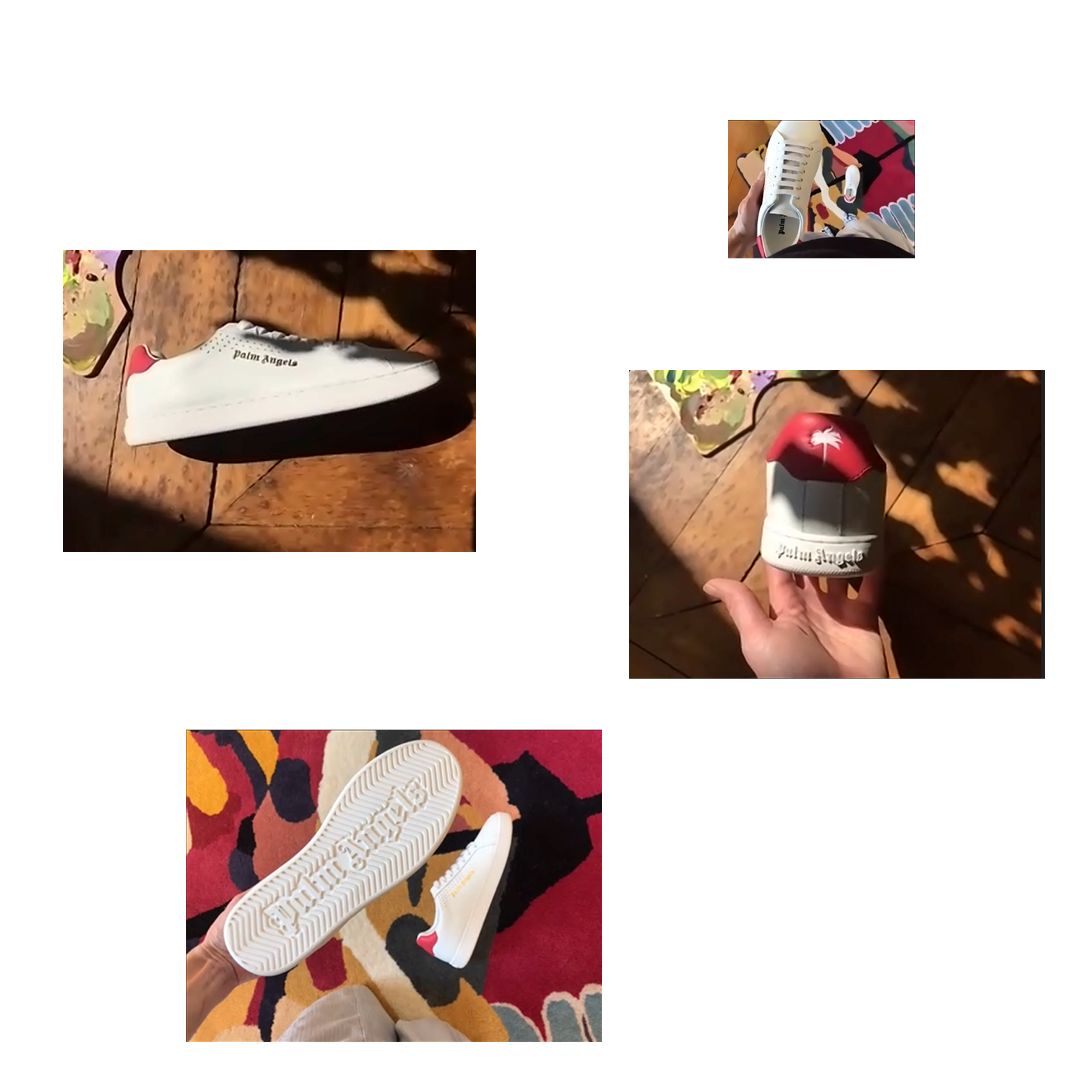
Galliot’s inner rebel manifests itself in her unique way of working. In our ‘No Fear to Tread’ video she talks about experimenting with modelling and virtual colouration using her iPad as a tactile interface to reconnect the design process with manual contribution, an operation she describes as ‘like light coming from your fingers’.
Episode 2
Mario Tsai
Chinese designer Mario Tsai explores the limitations and possibilities of materials, adhering to sustainable principles and a self-styled soft minimalist aesthetic
Episode 2
Mario Tsai
Chinese designer Mario Tsai explores the limitations and possibilities of materials, adhering to sustainable principles and a self-styled soft minimalist aesthetic
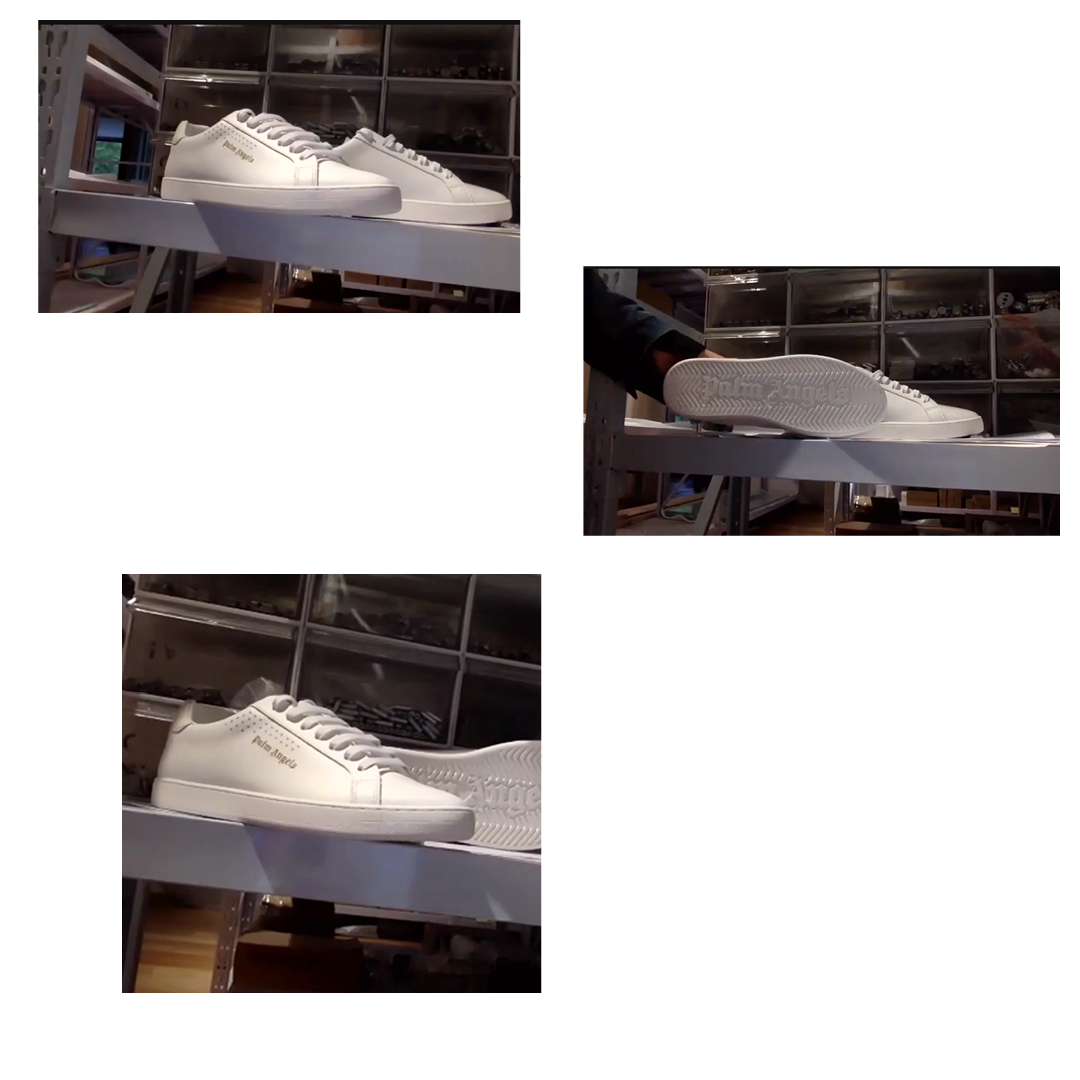
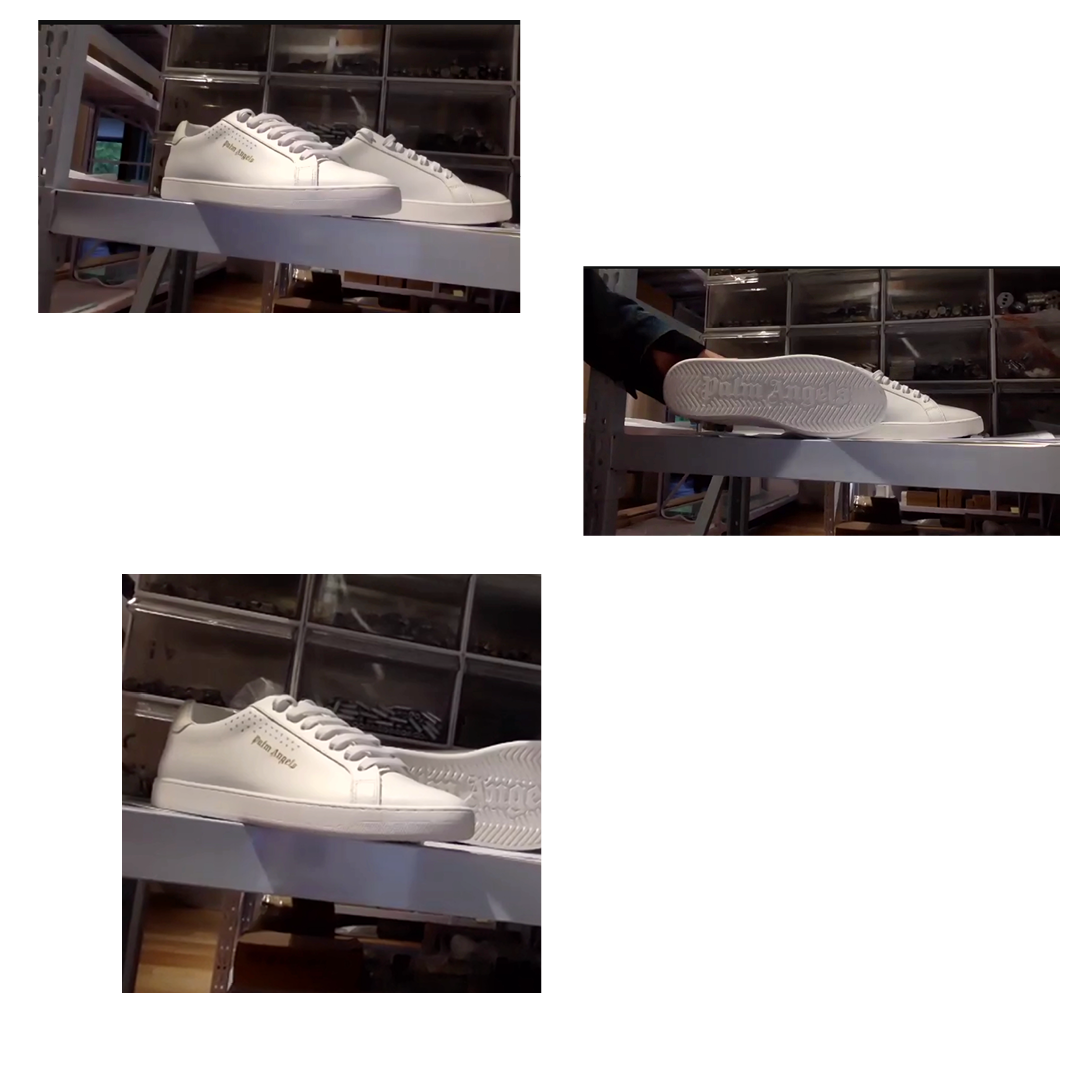
Episode 3
Thomas Aquilina
Describing himself as an architectural designer, urban researcher and itinerant academic, Thomas Aquilina is currently based in the UK. His recent photography and film work has been exhibited in London, Cambridge, Delft, Groningen, Johannesburg and Kampala
Episode 3
Thomas Aquilina
Describing himself as an architectural designer, urban researcher and itinerant academic, Thomas Aquilina is currently based in the UK. His recent photography and film work has been exhibited in London, Cambridge, Delft, Groningen, Johannesburg and Kampala
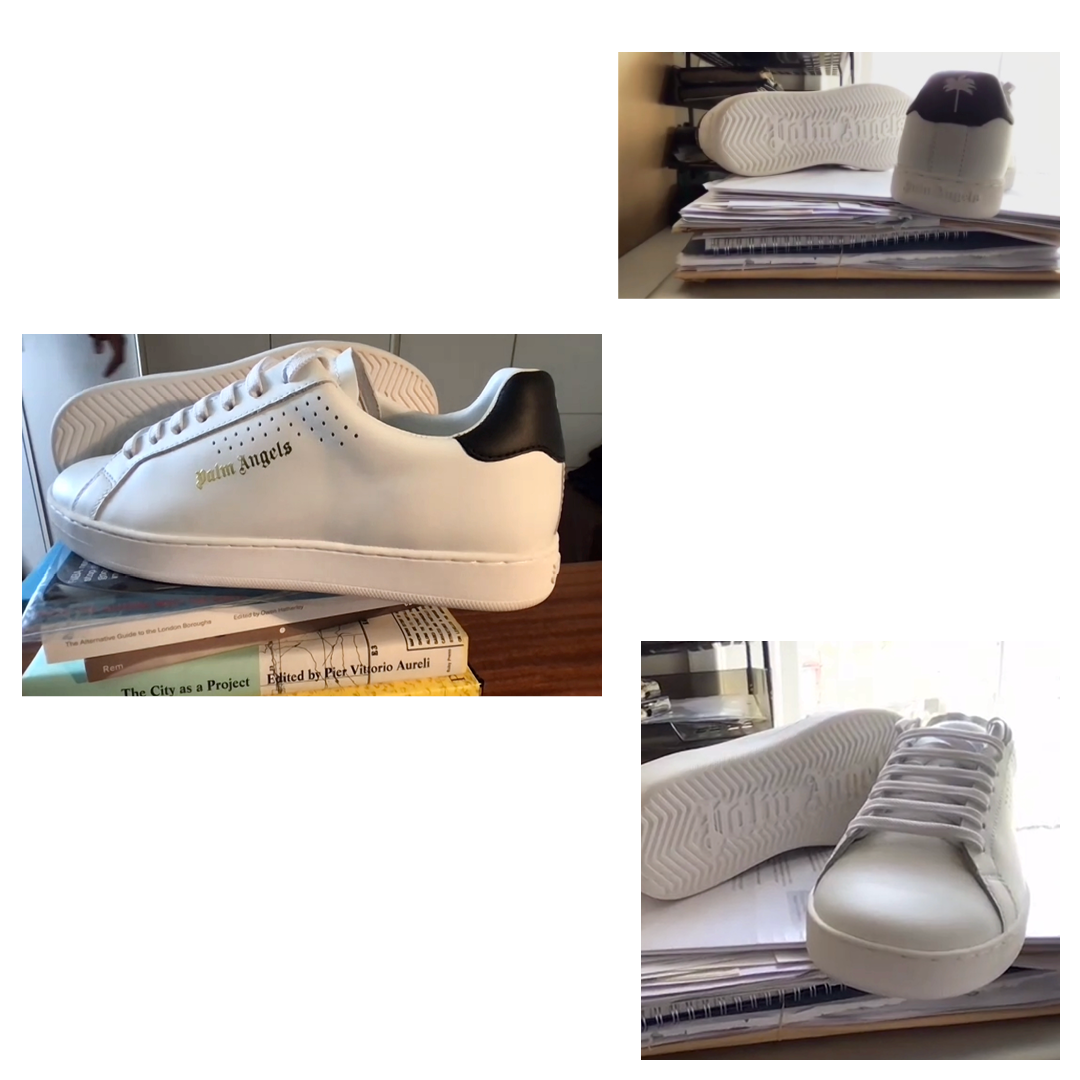

Episode 4
Sigve Knutson
An experimental designer based in Oslo. Sigve Knutson graduated with a master’s degree in contextual design at Design Academy Eindhoven. He explores the raw, material world via his hands, tools and creative experiment.
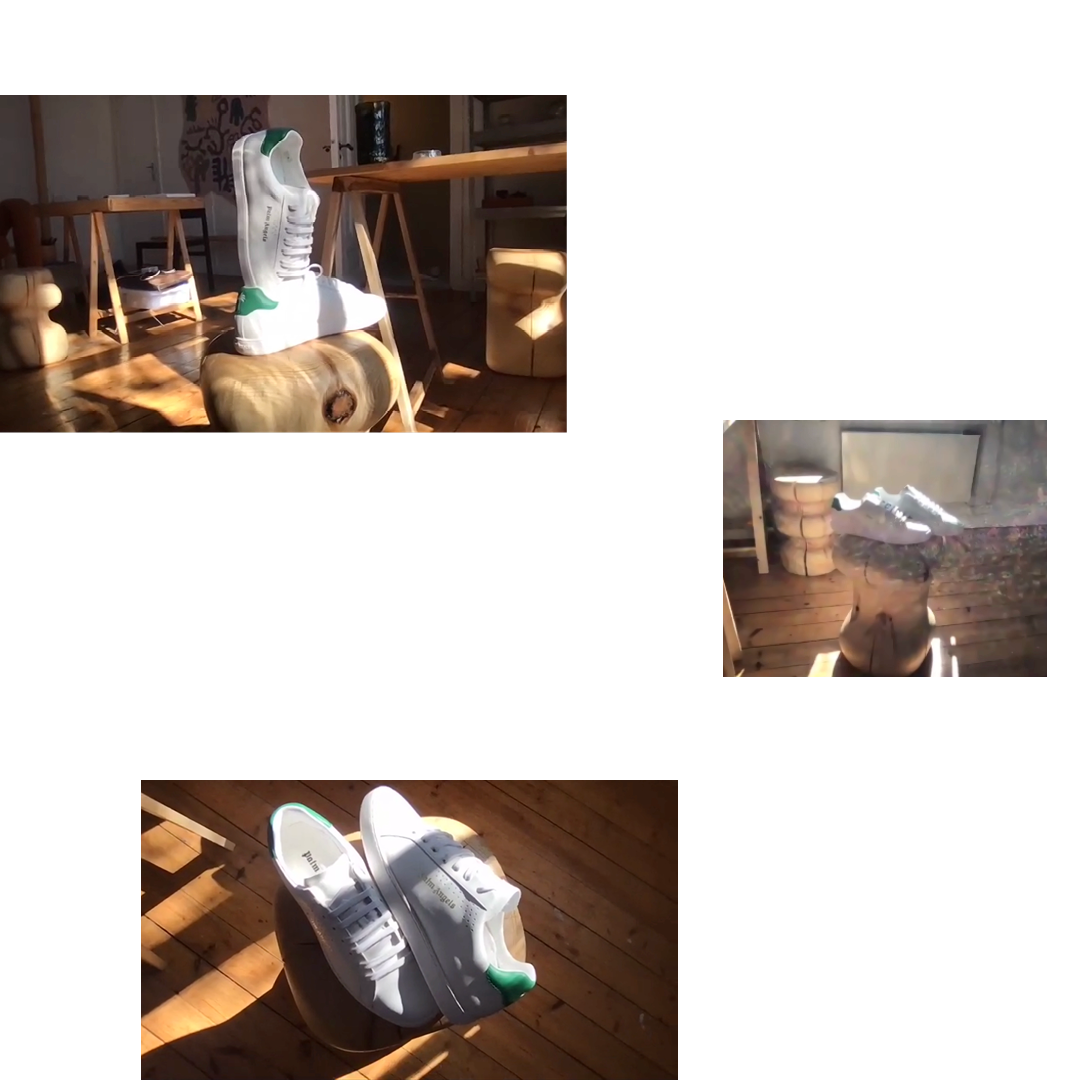
Episode 4
Sigve Knutson
An experimental designer based in Oslo. Sigve Knutson graduated with a master’s degree in contextual design at Design Academy Eindhoven. He explores the raw, material world via his hands, tools and creative experiment.
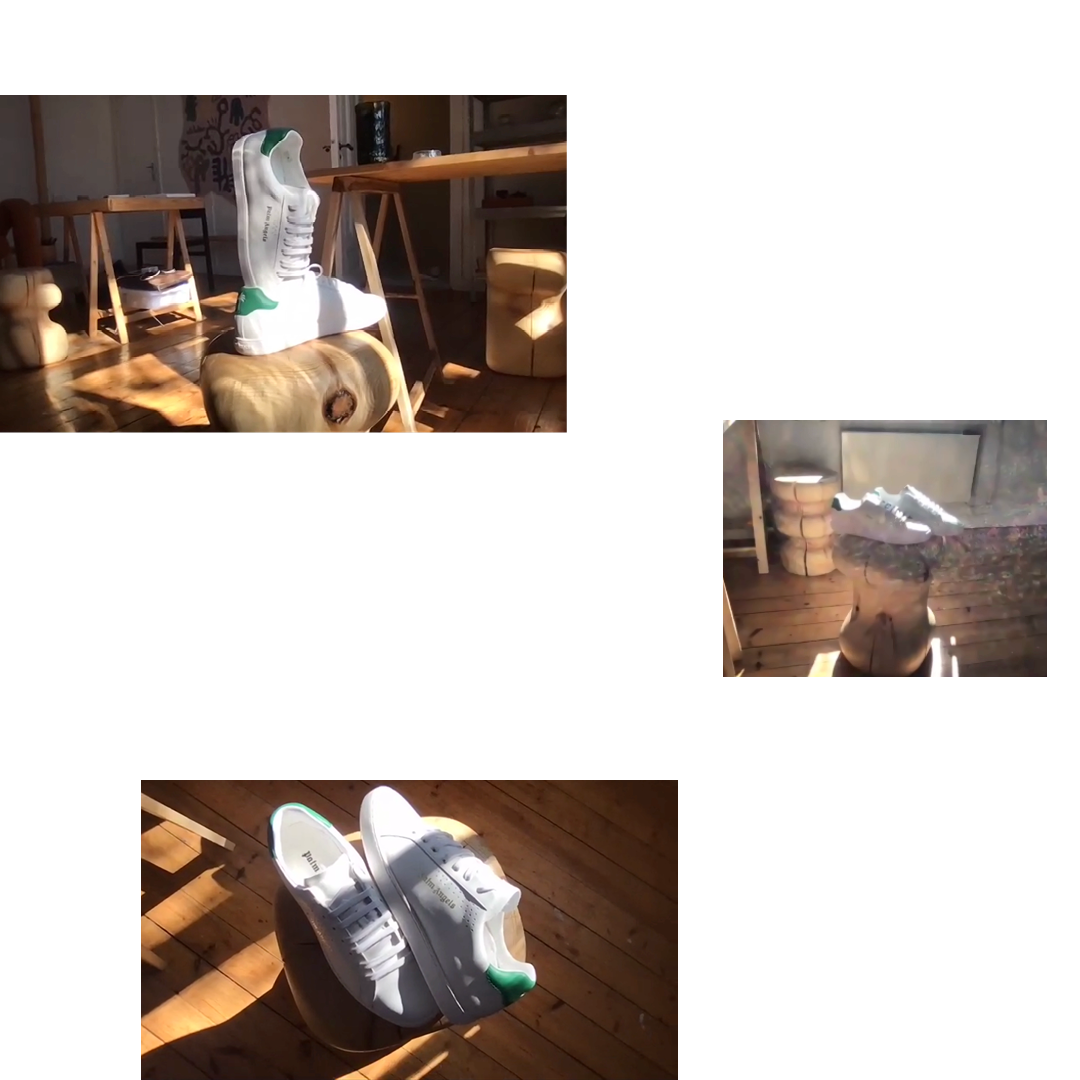
Episode 5
Rachel Shillander
LLand is the building-based, art and design studio of Rachel Shillander. Born and raised in Los Angeles, where she still lives, works and practises, she was formally educated as an architect.
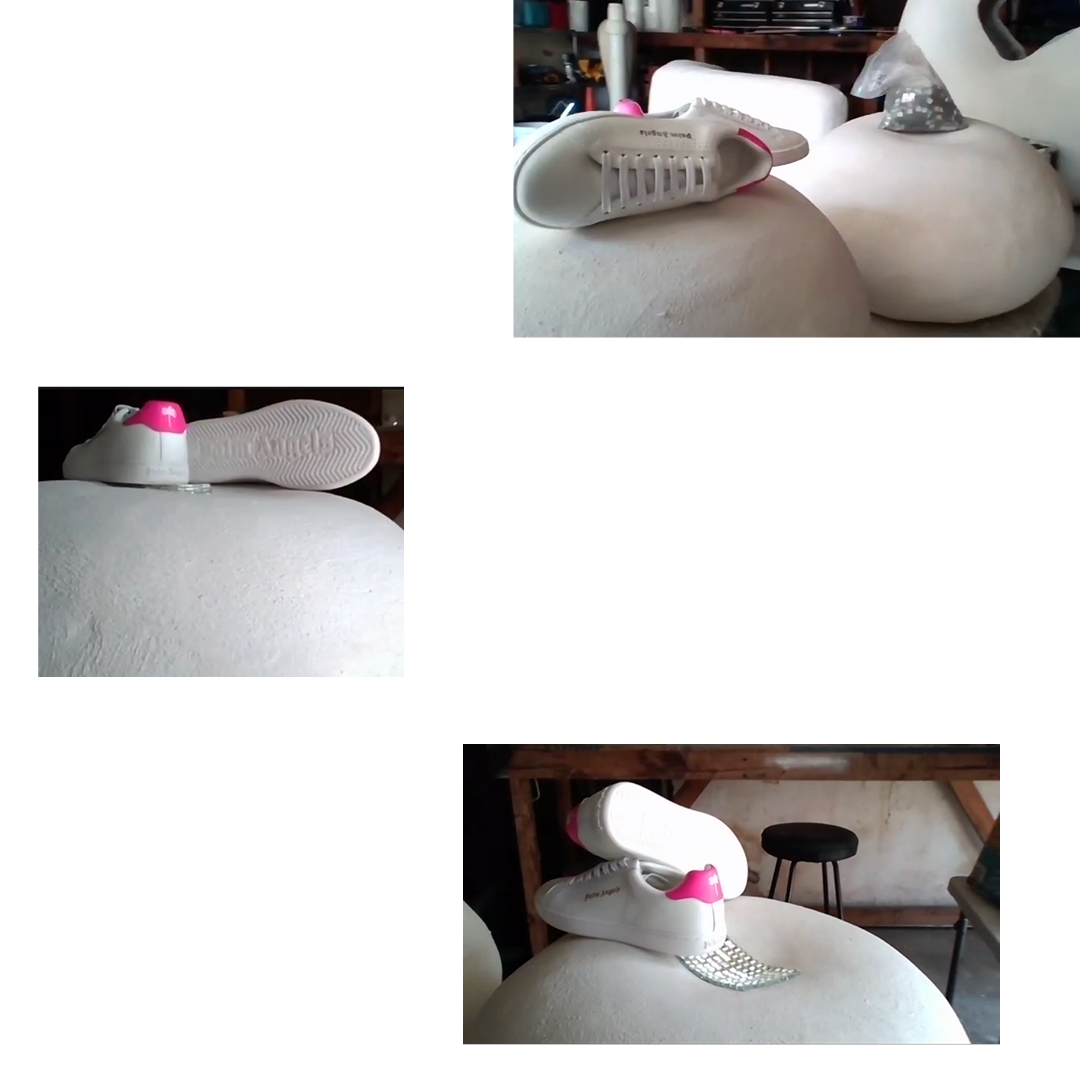
Episode 5
Rachel Shillander
LLand is the building-based, art and design studio of Rachel Shillander. Born and raised in Los Angeles, where she still lives, works and practises, she was formally educated as an architect.
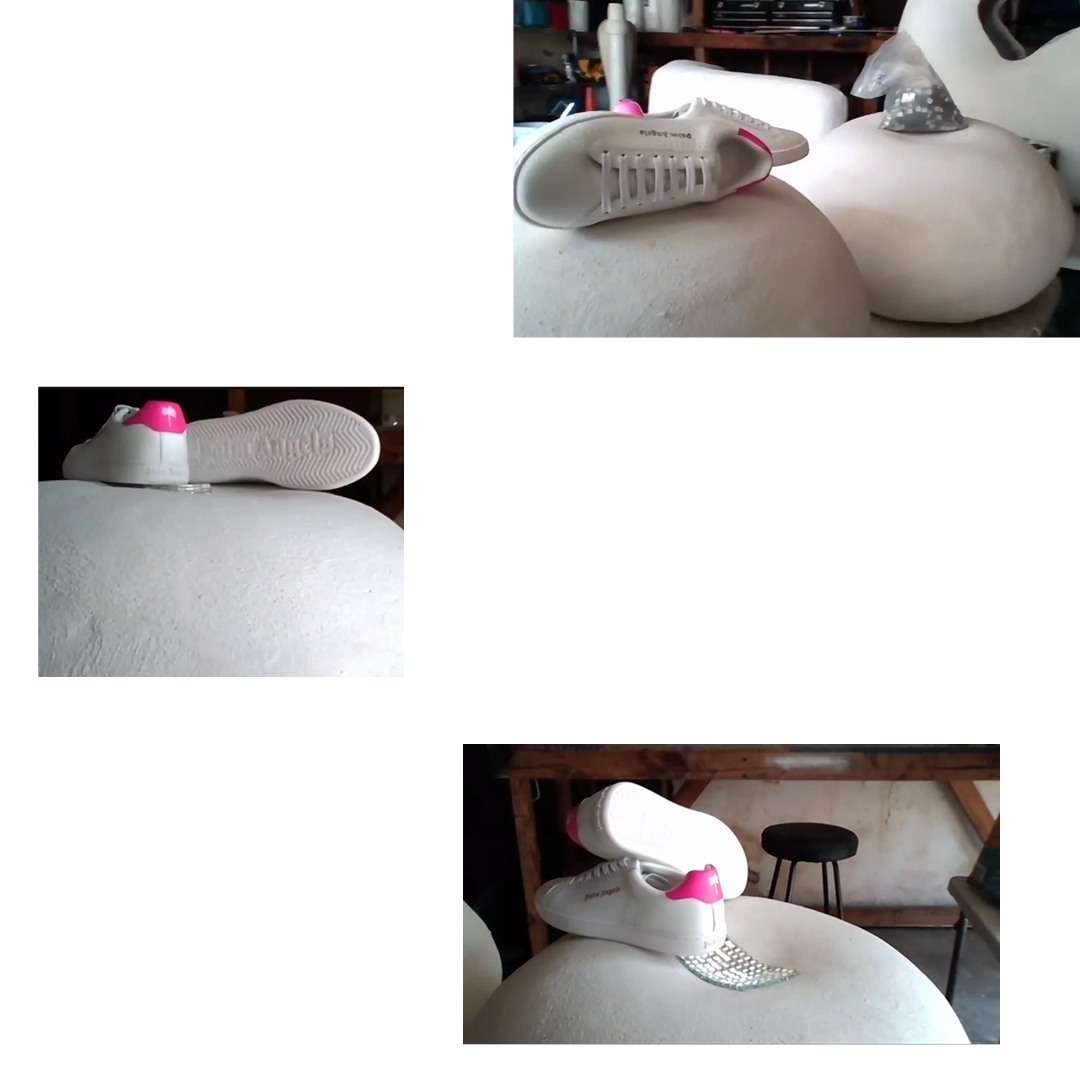
Receive our daily digest of inspiration, escapism and design stories from around the world direct to your inbox.
